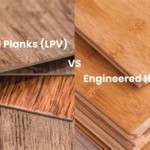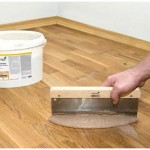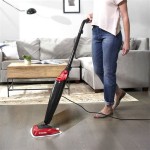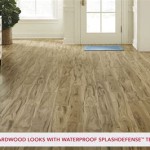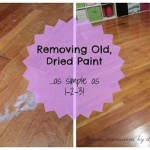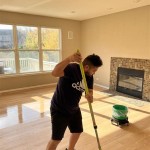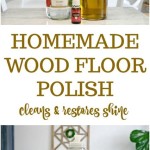Can You Use Garage Floor Epoxy On Wood?
The allure of a durable, visually appealing, and easy-to-clean garage floor is undeniable. Many homeowners turn to epoxy coatings for this transformation, but the question arises: can you apply garage floor epoxy directly onto wood? The answer is complex, requiring careful consideration of factors like the wood's condition, the epoxy's suitability, and potential drawbacks.
While applying epoxy directly to wood may seem feasible, it's not always the best approach. This article will delve into the complexities of this application, highlighting the factors to consider and the potential consequences. By understanding the challenges and limitations, homeowners can make informed decisions about their garage floor renovation.
Understanding the Compatibility Issues
The compatibility between wood and epoxy hinges on several factors. Firstly, wood is a porous material, meaning it absorbs moisture. Epoxy, on the other hand, requires a solid, non-porous surface for proper adhesion. If the wood is not sufficiently sealed, the epoxy might not bond adequately, leading to peeling, cracking, or even complete failure.
Another important factor is the type of wood. Softwoods like pine or fir tend to be more porous and susceptible to warping or moisture absorption. Hardwoods, such as oak or maple, offer a more robust structure but still require proper preparation. The condition of the wood is also crucial. If the wood is damaged, rotten, or heavily warped, applying epoxy directly may not be a viable solution. The epoxy might not bond well to weakened wood, leading to further damage over time.
The Importance of Proper Surface Preparation
Even if the wood is relatively sound, proper preparation is paramount for successful epoxy application. This includes cleaning, sanding, and sealing the surface. Thorough cleaning removes dirt, grease, and other contaminants that can hinder adhesion. Sanding smoothens the surface, ensuring a uniform texture for the epoxy to bond to.
Sealing the wood with a penetrating sealer is crucial for minimizing moisture absorption and creating a solid base for the epoxy. This step is particularly important for softwoods or wood that has been exposed to moisture. It acts as a barrier, preventing the wood from soaking up the epoxy and creating a less stable bond.
Alternative Approaches to Epoxy on Wood
If applying epoxy directly to wood isn't feasible, several alternative approaches offer durable and attractive floor solutions. One option is to install a layer of plywood over the existing wood. This creates a smoother, more stable surface for epoxy application and eliminates the potential issues associated with directly applying epoxy to wood.
Another alternative is to use a different type of flooring material, like tile, concrete, or a specialized wood-specific coating. Tiles provide excellent durability and aesthetic versatility. Concrete can be poured over the existing wood, offering a solid, low-maintenance surface. Wood-specific coatings are designed to penetrate and seal wood, creating a protective barrier while preserving its natural appearance.
The choice of the best alternative depends on factors like budget, aesthetic preferences, and the specific condition of the existing wood. Consulting with a flooring professional can provide valuable insights and tailored recommendations based on your specific needs.

Epoxy Over Wood Learn How To Do It Ultimate Guide

Epoxy Flake Floor Kit Applied Over Wood In A Trailer Leggari

Epoxy Floor Coating Over Plywood Subfloor Amazing Result

The Ultimate Guide To Installing An Epoxy Wood Floor Portland

How To Use Garage Floor Paint On Wood Surfaces

Can You Use Epoxy Resin On Wood Floors Eaton Interior Design Brighton East West Sus

Epoxy Wood Floor Coating Preparation Steps For

Can You Epoxy Wood Floors Floor Installation

Pouring Epoxy With Flakes To Coat Trailer Wood Floors For Protected Clean Towing Surfaces

Diy Epoxy Garage Floor A Step By Tutorial Domestic Imperfection
